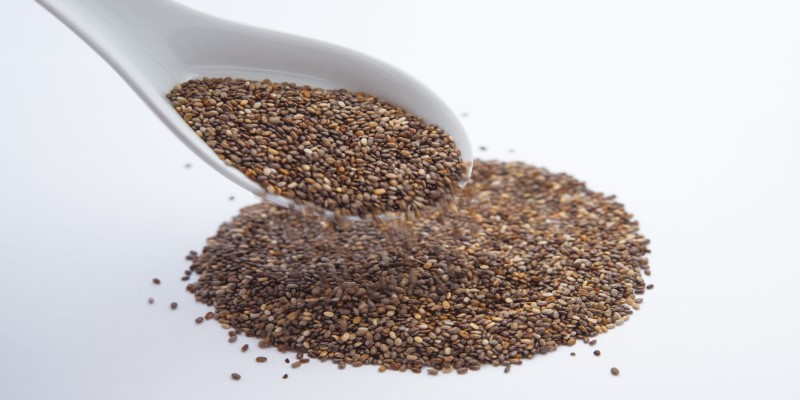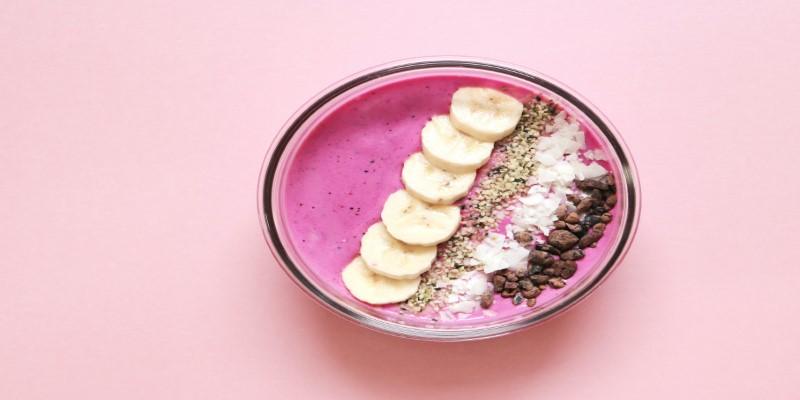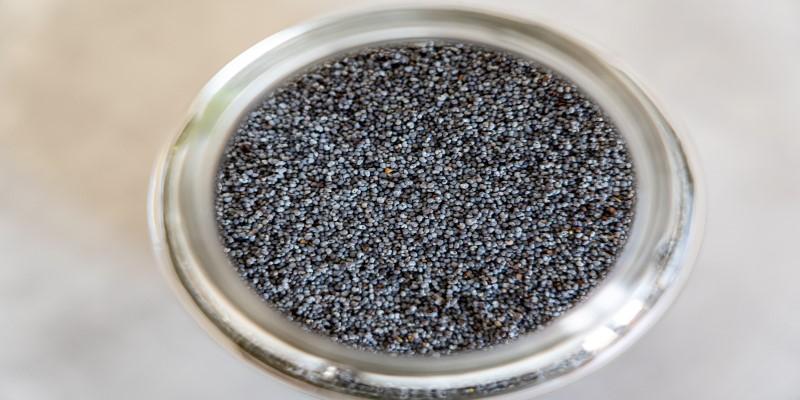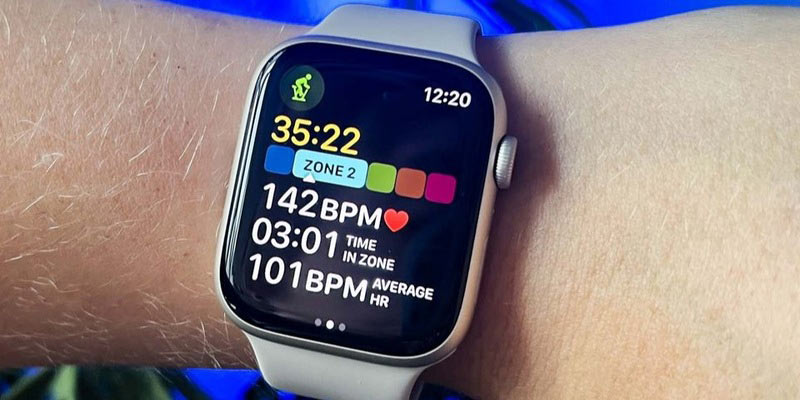
When it concerns chia seeds, we'd have to say that the adage "good things occur in small packages" is accurate. Chia seeds live up to their superfood image, offering more antioxidants than blueberries, more alpha-linolenic acid than flaxseed, and more iron than spinach! What you need to learn about chia seeds, including their history, nutritional value, and ways to include more of them in your regular diet, is provided here.
What are Chia Seeds?
Chia seeds are small, smooth, glossy, and grey-black. Under the scientific name Salvia hispanica L., they are native to Latin and Southern America and belong to the Lam (mint) family. Chia seeds were utilised long before they were recognised as superfoods in the present era.
They were probably one of the four staple meals of the Central American civilisations, who also frequently utilised them for medical purposes. Actually, in Mayan (the cultural group that includes Central America and Mexico), the term "chia" means "strength." This is because chia seeds were valued by the Mayan and Aztec societies for their capacity to give strength and endurance.
What is the Nutrition of Chia Seeds?

Just 2.2g of net carbohydrates, 10g dietary fibre, 4.6g protein, 8.6g fat (of that only 0.9g is fat), and two heaping tablespoons (about 28 grams) of chia seeds provide around 137 calories. However, the nutritional profile of chia seeds is what sets them apart. In only two tablespoons, one may get 48% of the phosphorus nutritional reference value (NRV), more than 30% of the magnesium and copper NRV, more than 20% of the thiamine and selenium NRV, and more than 10% of the zinc and iron NRV.
Chia seeds also contain a significant amount of calcium—much more than milk does! 22% of the necessary calcium NRV, or 177 mg of calcium, may be obtained from two tablespoons of chia. That is a lot of goodies in such a small seed and significant health advantages!
Advantages of Chia Seeds for Health
Chia seeds' great nutritional content and purported health advantages have made them more and more well-liked in recent years. These are a few of their primary health advantages.
Enhanced Regulation of Blood Sugar
For best health, blood sugar levels must be within normal ranges. In animal experiments, Chia seeds have been shown to enhance blood sugar regulation and reduce insulin resistance, two major risk factors for heart disease, type 2 diabetes, and metabolic syndrome. According to human research, chia seed bread lowers blood sugar response when compared to more conventional bread
Reduced Arterial Pressure
One of the main risk factors for chronic illnesses like heart disease is high blood pressure. People with pre-existing raised blood pressure have been reported to benefit from chia flour and seeds. These seeds help to reduce arterial pressure and keep the human heart in a healthy condition.
An increase in the Consumption of Fibre
Not enough fibre is consumed by most individuals. Consuming a lot of fibre is associated with better gut well-being and a decreased risk of several illnesses.9.75 grams of fibre, or 25% and 39% of the recommended daily intake (RDI) in men and women, respectively, may be found in just one ounce (28 grams) of the seeds themselves.
Because of their exceptional ability to absorb water, chia seeds expand the amount of food in your digestive system, which makes you feel fuller and reduces the amount of food you eat.
Promotes Sensible Weight Reduction
Chia seeds have a protein content of 18–24% by weight, significantly greater than most other plants. The most satisfying macronutrient is protein, which lowers ghrelin, the hunger hormone. They also contain a ton of fibre.
Because fibre takes longer to break down than simple carbohydrates and sweets, consuming more of it will keep you feeling satisfied for longer. In addition to absorbing a lot of water, soluble fibre also swells in the stomach, which can promote fullness and delay the absorption of nutrients. Because of this, including chia seeds in a balanced diet may aid with hunger control and maintaining a healthy weight.
Lowers the Chance of Sickness
The body is shielded by antioxidants against dangerous chemicals known as free radicals. Unstable atoms called free radicals have the potential to harm cells and induce oxidative damage, which can result in a variety of illnesses.
Antioxidants included in chia seeds, such as myricetin, quercetin, kaempferol, caffeic acid, and chlorogenic acid, account for an amazing 8.8% of their weight. Antioxidants can lower your risk of sickness and chronic disease by slowing and preventing the harm that free radicals do to your cells.
How to Consume Chia Seeds?

Chia seeds are incredibly nutritious for their small size, so start frying, baking, or sprinkling them now. These are some of our most popular chia seed recipes. Chia seed puddings, one with almonds and another with blueberries on top.
- Add to salads a pinch
- Include in smoothies
- Use to add thickness to stews and sauces.
- Stir into the cooked porridge.
- Use as a substitute for eggs.
- Mix with yoghurt.
- Utilise as a fish or meat crumb.
- Mix into baked goods and cakes.
Recipe for Chia Seed Pudding
Mix 30g of chia seeds, about half a tablespoon of vanilla essence, 150ml of milk, and a small amount of maple syrup. Transfer to a jar or bowl, seal, and refrigerate for several hours. Serve it! Optional: Add a spoonful of your preferred flavour for a crunch and nutritional boost when ready to dig in.
The Bottom Line!
In summary, chia seeds are incredibly high in heart-healthy fatty acids, fibre, antioxidants, and minerals. They have been connected to better blood sugar, cardiovascular risk factors, gut health and digestion advantages. It's really simple to include chia seeds in a nutritious diet.



